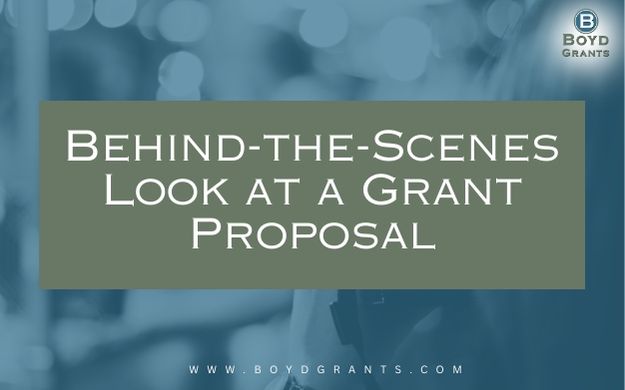
There are many ways to generate your idea. Often I start with a concept paper, which helps lay out the idea you hope to find funding for. In the concept paper, I start by answering the questions, “Who, What, Where, When, and Why”. These questions will help formulate what you are trying to do.
Next, I like to put together the logic model. A logic model is a visual representation of a theory of action or program logic guiding the design and implementation of a program or policy and can be used as a tool for building a relevant evaluation design.
Benefits of developing and using logic models are:
- The model helps communicate the program to people outside the program in a concise and compelling way.
- The model helps program staff gain a common understanding of how the program works and their responsibilities to make it work.
- Choosing a small set of performance indicators based upon a logic model:
- Keeps attention on all aspects of performance, balances the perturbations that measurement puts in the system.
- Informs the timing of in-depth evaluations (e.g., there is no reason to look for outcomes if resources haven’t arrived).
- Attribution of outcomes to the program is partially demonstrated by showing the related program activities and outputs.
Logic models can be used to design new programs or to confirm that an existing program design is still reasonable under current circumstances. Similarly, a logic model can confirm that the set of existing performance measures covers key aspects all along the performance spectrum.
Once I have a concept paper and a logic model put together, I feel like we can move forward with looking for the appropriate funding!
Related Articles

Behind-the-Scenes Look at a Grant Proposal
Writing a successful grant proposal takes more than just filling in a few blanks and hoping for the best. It’s a structured process that involves careful planning, clear communication, and strategic thinking. Today, I’m pulling back the curtain to give you a...


